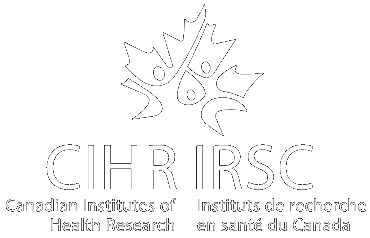HEMOTION Trial: HEMOglobin transfusion threshold in Traumatic brain Injury OptimizatioN
The problem: In Canada, trauma causes more than 15,000 deaths every year. Most deaths are related to traumatic brain injury (TBI). Although the management of TBI patients has improved, mortality remains unacceptably high (20 to 50%), and half of survivors are left with major functional impairment. Current guidelines for the management of TBI are based on limited evidence and practice is highly variable, including strategies to improve brain oxygen delivery such as blood transfusion. Most critically ill patients with TBI will develop anemia, which may decrease oxygen delivered to a fragile traumatized brain. While clinical practice is moving towards transfusing patients at low hemoglobin (Hgb) levels, experts have expressed concerns regarding restrictive strategies and the low level of evidence on which they are based. Indeed, there is concern that anemia might adversely affect clinical outcomes in TBI.
Study hypothesis: We hypothesize that, among critically ill adult patients with TBI, a liberal RBC transfusion strategy (triggered by Hgb ≤100g/L) improves long-term functional outcomes compared to a restrictive strategy (triggered by Hgb ≤70g/L).
Trial design: We are conducting a multicenter international pragmatic open blinded-endpoint (PROBE) randomized trial in critically ill patients with TBI.
Eligibility criteria: We enroll adult patients (≥18 years old) admitted to the ICU with an acute (hospital admission within 24 hours of injury) moderate or severe (Glasgow Coma Score (GCS) ≤12) blunt TBI and a Hb level ≤100 g/L. We exclude patients who receive transfusion after ICU admission, have contraindications or known objection to transfusions or have no fixed address.
Interventions: Experimental intervention: liberal transfusion strategy: patients in the liberal transfusion strategy group receive an RBC transfusion if their Hgb is ≤100 g/L. Control intervention: restrictive transfusion strategy: patients in the restrictive transfusion strategy group receive an RBC transfusion only if their Hgb is ≤70 g/L. The trial intervention is initiated within 3 hours in patients meeting the threshold for transfusion in their respective group to avoid prolonged exposure to Hgb levels below this threshold. The allocated transfusion strategy is applied from the time of randomization to death or discharge from the ICU. Methods to minimize biases and ensure feasibility have been put in place.
Primary outcome: We are using the Glasgow Outcome Scale extended (GOSe) to assess neurological outcome at 6 months.1,2 The GOSe scale comprises eight ranking levels from 1 (death, least favorable outcome) to 8 (upper good recovery, most favorable outcome) and is the gold standard outcome measure in TBI.
Secondary outcomes: We are assessing ICU, hospital and 6-month mortality. At 6 months, we measure the Functional Independence Measure (FIM), the quality of life using the EuroQoL 5-Dimension 5-Level (EQ- 5D-5L) (generic scale) and the Quality of Life after Brain Injury (QOLIBRI) (TBI-specific scale), and the self-reported Patient Health Questionnaire (PHQ-9) to evaluate depression.
Tertiary outcomes: We are capturing the number of RBC units transfused in the ICU, lowest daily Hb, infections, duration of mechanical ventilation and ICU and hospital length of stay. We are also assessing complications related to transfusion.
Sample size: We will include 742 adult patients at 34 sites in 4 countries (Canada, UK, France, Brazil).
